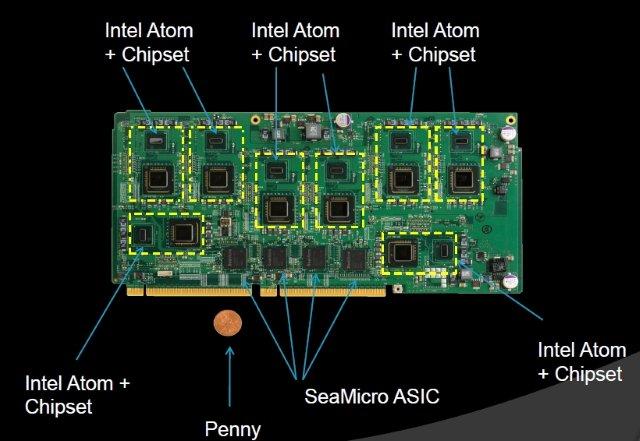- Mar 27, 2009
- 12,968
- 221
- 106
In the past, I was very skeptical about the existence of a such a processor.
256 GB/s bandwidth for typical client workloads for such a low end GPU?
But then I found out that Bristol Ridge has 1/2 rate DP.....but lacks the bandwidth to actually use most of it for HPC applications.
So then I got to thinking maybe AMD also gave 1/2 rate DP to Raven Ridge as well.....then gave it HBM2 so it actually be useful in HPC or for engineering programs (simulations) primarily using FP64. (Think the type of engineering that would use a 235W 3584sp Nvidia Quadro GP100 with its 1/2 rate DP and 4096 bit HBM2 rather than a 250W 3840sp Quadro P6000 with its 1/32 rate DP and 384 bit GDDR5)
256 GB/s bandwidth for typical client workloads for such a low end GPU?
But then I found out that Bristol Ridge has 1/2 rate DP.....but lacks the bandwidth to actually use most of it for HPC applications.
So then I got to thinking maybe AMD also gave 1/2 rate DP to Raven Ridge as well.....then gave it HBM2 so it actually be useful in HPC or for engineering programs (simulations) primarily using FP64. (Think the type of engineering that would use a 235W 3584sp Nvidia Quadro GP100 with its 1/2 rate DP and 4096 bit HBM2 rather than a 250W 3840sp Quadro P6000 with its 1/32 rate DP and 384 bit GDDR5)





